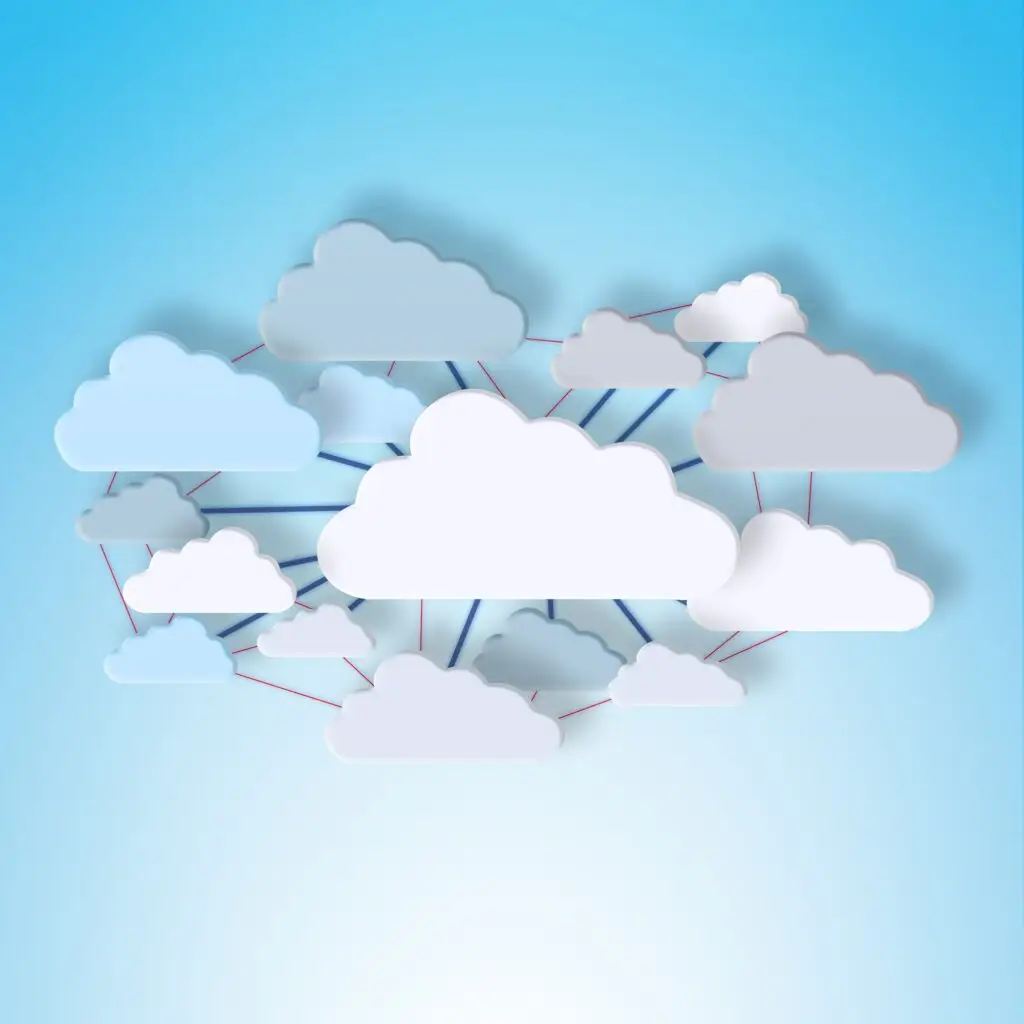.png/:/cr=t:0%25,l:0%25,w:100%25,h:100%25/rs=w:1280)
In today’s hyper-connected world, where data is the new gold, the decision between edge computing and cloud computing has become a strategic one. Both approaches offer distinct advantages, but the key to unlocking unparalleled efficiency and innovation lies in understanding the nuances and implications of each. As we delve into the realms of edge computing and cloud computing, this comprehensive guide will explore their contrasting features, benefits, and potential to shape the future of computing.
Edge Computing: Processing at the Brink
Emerging as a distributed computing paradigm, edge computing brings computation closer to the data source. Unlike cloud computing, which centralizes data processing and storage in remote data centers, edge computing shifts the processing power to the “edge” of the network. This edge can be a local server, a gateway device, or even an IoT device. The overarching goals are to reduce latency, enhance real-time decision-making, and improve overall system performance.
Edge Computing’s Enchanting Advantages
- Reduced Latency: Edge computing dramatically minimizes the time it takes for data to travel to and from a central data center. This is crucial for applications where milliseconds can make a significant difference in performance, such as autonomous vehicles, augmented reality, and industrial automation.
- Bandwidth Efficiency: Edge computing eliminates the need to transmit vast amounts of data to the cloud by processing it locally. This not only conserves bandwidth but also reduces operational costs.
- Enhanced Reliability: Edge devices can continue operating even when disconnected from the internet or the cloud. This ensures that critical systems remain functional under challenging circumstances.
- Bolstered Privacy and Security: Edge computing minimizes exposure to potential security breaches by keeping sensitive data closer to its source. It also facilitates compliance with data privacy regulations.
The Cloud’s Unwavering Presence
At the other end of the computing spectrum lies cloud computing, which has dominated the industry for the past decade. Cloud computing centralizes computing resources, data storage, and services, leveraging centralized data centers owned and operated by third-party companies. Users access these resources through the internet.
Cloud Computing’s Enduring Benefits
- Scalability: Cloud computing empowers businesses to effortlessly scale their infrastructure up or down based on demand, eliminating the need for substantial upfront hardware investments.
- Cost-Effectiveness: Pay-as-you-go pricing models enable businesses to optimize costs by only paying for the resources they actually utilize.
- Global Reach: Cloud service providers maintain data centers worldwide, allowing companies to deliver services to a global clientele with low-latency access.
- Ease of Management: Cloud providers handle infrastructure maintenance, security, and upgrades, freeing up businesses to focus on their core operations.
A Synergistic Partnership
In the evolving computing landscape, edge and cloud are not adversaries but allies. The concept of fog computing, an architecture that merges the strengths of both paradigms, has emerged from the many ways in which they complement each other.
- Tiered Data Processing: Edge devices can preprocess data locally and transmit only relevant information to the cloud, reducing the amount of data that requires centralized processing.
- Redundancy: Cloud servers can support edge devices and act as backups, ensuring business continuity.
- Real-Time Insights: Edge devices provide real-time insights, while cloud resources offer in-depth analytics and long-term data storage.
Navigating the Edge and Cloud Continuum
Edge computing and cloud computing are two sides of the same technological coin. Rather than choosing a simple binary answer, the strategic decision should be based on the specific needs of your business and the nature of your applications. In an increasingly interconnected world, mastering the balance between edge and cloud computing may be the key to unlocking the next wave of efficiency, reliability, and innovation in your computing infrastructure. By embracing the right blend of edge and cloud technologies, you can confidently navigate the future and seize the opportunities and challenges that the digital era has to offer.




